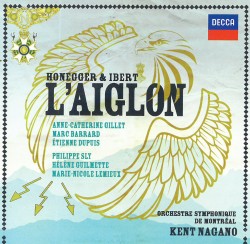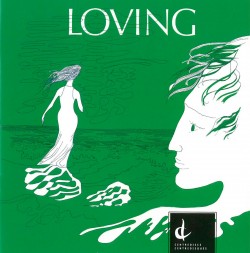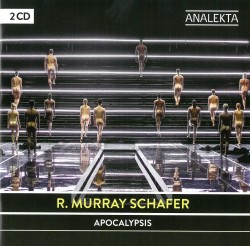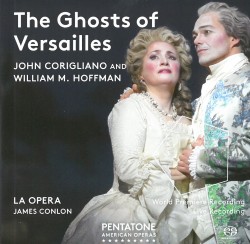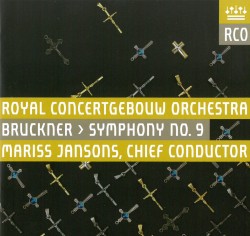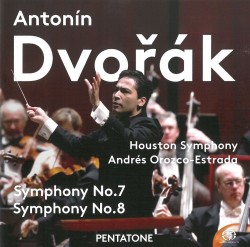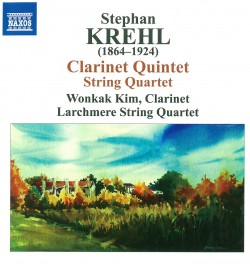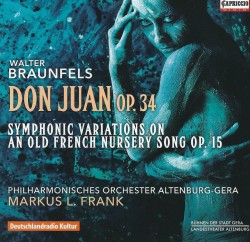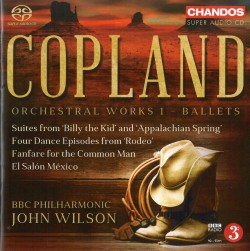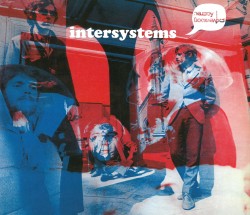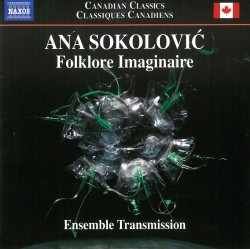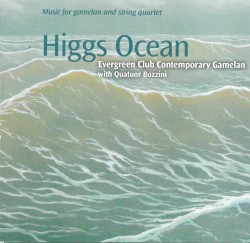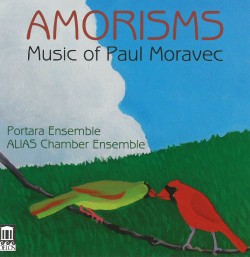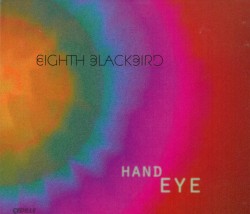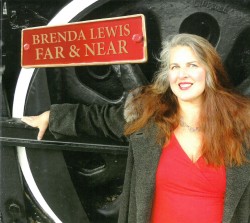Verdi: Giovanna d’Arco - Jessica Pratt; Jean-François Borras; Julian Kim; Orchestra Internazionale d’Italia; Riccardo Frizza
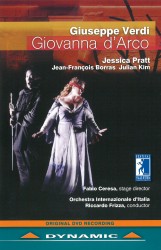 Verdi – Giovanna d’Arco
Verdi – Giovanna d’Arco
Jessica Pratt; Jean-François Borras; Julian Kim; Orchestra Internazionale d’Italia; Riccardo Frizza
Dynamic 37676
Jeanne d’Arc, a.k.a. St. Joan, was a martyr, sold out by her own people after saving them and France from sure defeat by the British in 1430, but the young Verdi’s richly melodic, over-romanticized opera has little to do with historical truth.
At the summer festival of Valle d’Itria, a mountainous region of Puglia, southern Italy, the opera comes to us live from the open air, a rather windy courtyard of the Ducal Palace, undoubtedly a thrilling experience for the lucky festival crowd. Nevertheless this is a low-budget, minimalist production with a small chorus, small orchestra, young, talented singers and an excellent conductor. While it is musically certainly satisfactory, the overall grandeur of this opera demands a more substantial scale.
Its main strength is English-born star soprano Jessica Pratt in the spectacular title role having all the vocal requisites, especially in her ringing high registers. She has become famous in Rossini repertoire and this is probably her first Verdi role, so she is severely tested in the physical and emotional intensity a Verdi heroine demands. An exciting, radiant young tenor, Jean-François Borras is energetic and passionate, ideal for Charles VII. The third principal, the Korean Julian Kim, tries very hard to be a Verdi baritone, a fine voice, but unfortunately he is far too young for the role of the old father Giacomo, a real challenge for even a seasoned mature baritone. The young Italian conductor, Riccardo Frizza, has Verdi in his veins.
It must have been difficult to convey the event in a video, being in almost total darkness, in a video and the sound is less than ideal. Still…an interesting new issue, but no rival to the 2008 Tutto Verdi set with Svetla Vassileva (who simply is Giovanna) plus the immortal Renato Bruson as Giacomo, which I would consider as a benchmark.


